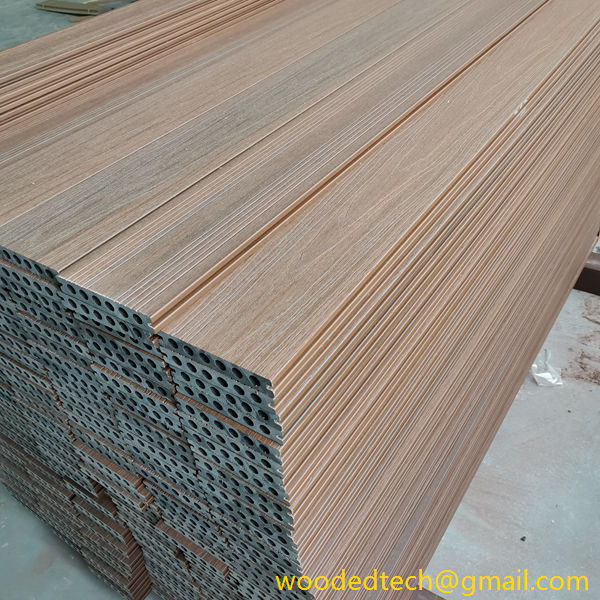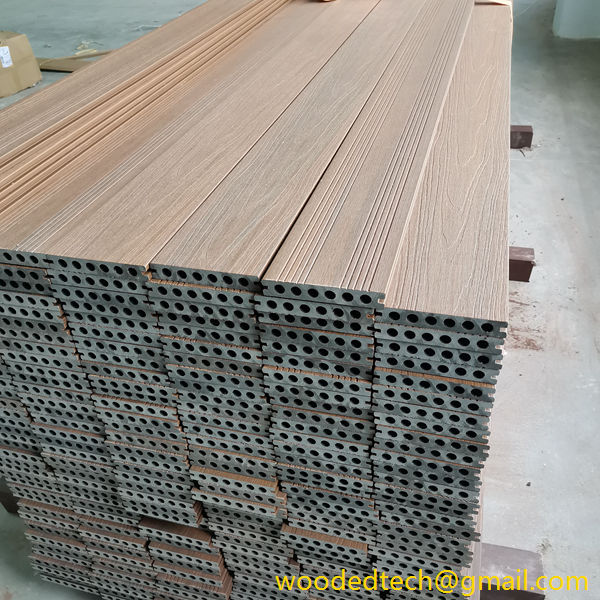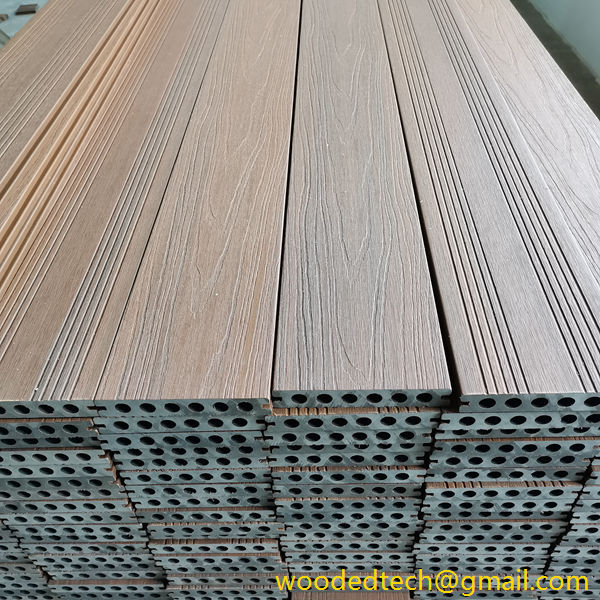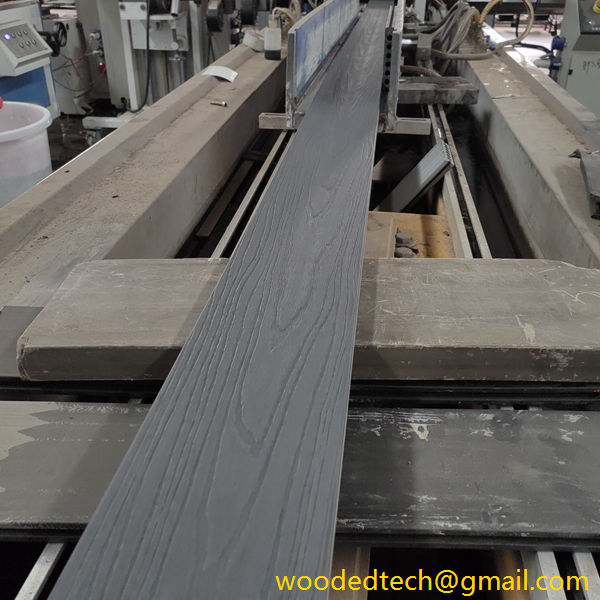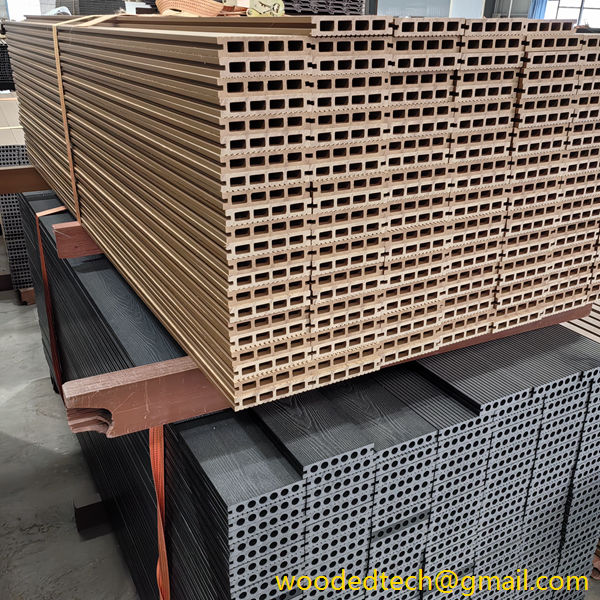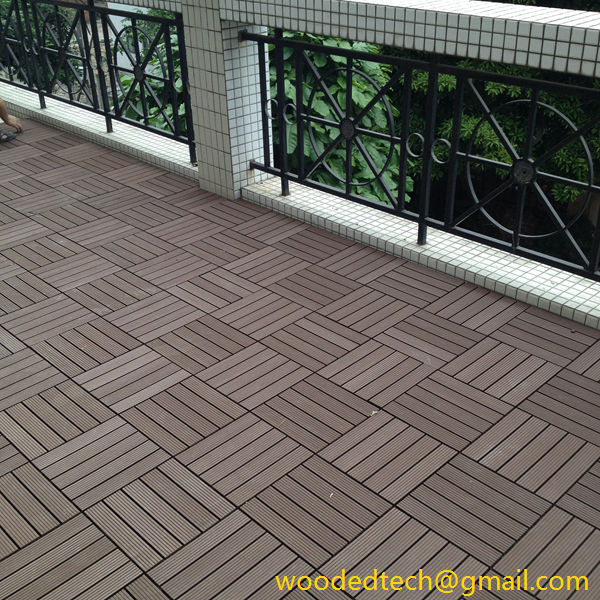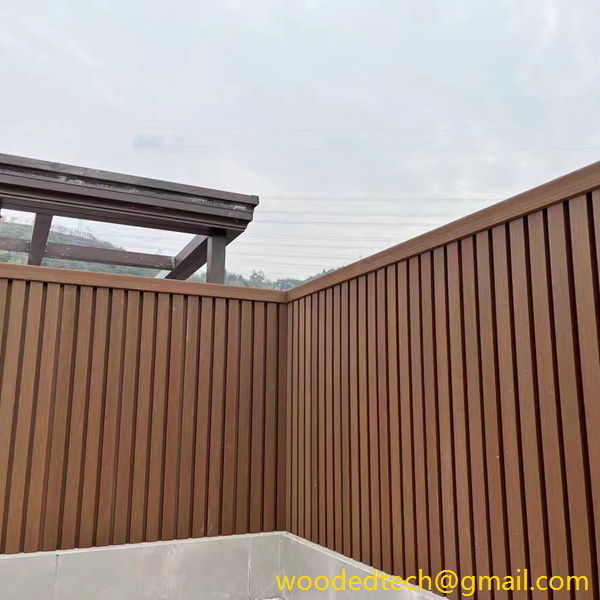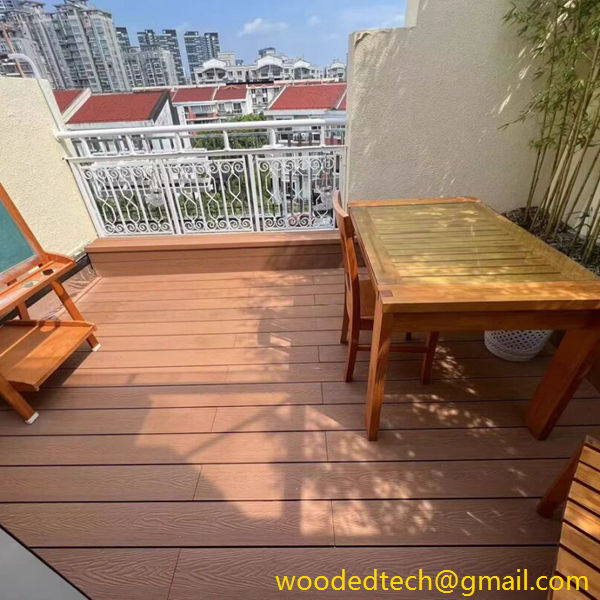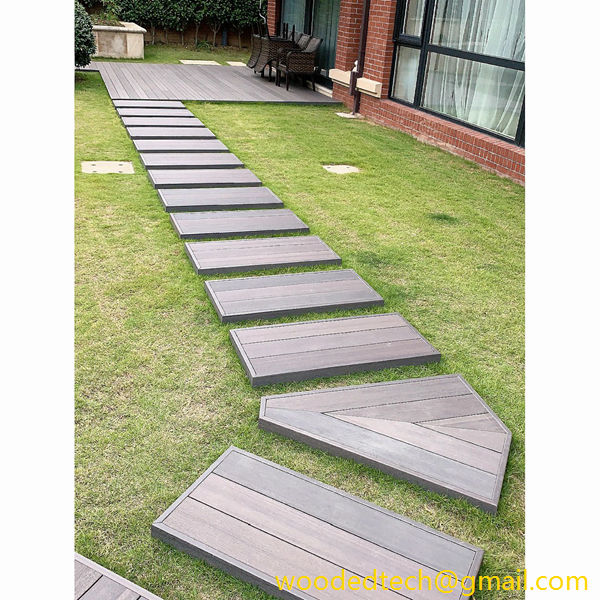Safe and Stylish Plastic Wood Pool Decking for a Durable and Slip-Resistant Poolside Area
Safe and Stylish Plastic Wood Pool Decking for a Durable and Slip-Resistant Poolside Area The allure of a backyard pool is undeniable, serving as a sanctuary for relaxation and recreation. However, the choice of materials surrounding the pool area is equally important, as it not only contributes to the aesthetics but also plays a significant…
Safe and Stylish Plastic Wood Pool Decking for a Durable and Slip-Resistant Poolside Area
The allure of a backyard pool is undeniable, serving as a sanctuary for relaxation and recreation. However, the choice of materials surrounding the pool area is equally important, as it not only contributes to the aesthetics but also plays a significant role in safety. In recent years, plastic wood decking has emerged as a popular solution for creating a durable and slip-resistant poolside environment. This material combines the natural beauty of wood with the resilience of synthetic components, making it an ideal choice for homeowners and pool designers alike.
Plastic wood decking, often referred to as composite decking, is made from a blend of recycled plastic and wood fibers. This innovative material offers the visual appeal of traditional wood while providing enhanced durability and resistance to the elements. The integration of plastic helps prevent issues such as rot, mold, and warping, which are common with natural wood. Moreover, the composite nature of this decking allows it to withstand temperature fluctuations, making it an excellent choice for various climates.
One of the primary concerns for poolside areas is safety, especially when it comes to preventing slips and falls. Wet surfaces can quickly become hazardous, particularly for children and elderly individuals. Fortunately, plastic wood decking is designed with slip resistance in mind. Many manufacturers incorporate textured surfaces or grooves that provide additional traction, reducing the likelihood of accidents. This feature is crucial for families with children or frequent pool parties, as it allows for a safer environment without compromising on style.
The global demand for plastic wood decking has surged in recent years, driven by an increasing awareness of environmental sustainability and the need for durable outdoor solutions. As a result, manufacturers across the world have ramped up their production capacities to meet this demand. The production of plastic wood decking is not limited to one region; it is a global endeavor with key players in North America, Europe, and Asia.
In North America, the market for composite decking has witnessed significant growth. Leading manufacturers have established state-of-the-art facilities that focus on environmentally friendly practices, including the use of recycled materials in their products. The United States and Canada have abundant resources for sourcing both wood fibers and recycled plastics, allowing for efficient production processes. Additionally, the region benefits from a robust distribution network that ensures quick delivery to retailers and consumers.
Europe has also emerged as a major player in the plastic wood decking market. The European Union has implemented stringent regulations regarding sustainability and waste management, prompting manufacturers to develop eco-friendly products. Countries such as Germany, the Netherlands, and the United Kingdom are at the forefront of innovation in composite decking technology. European manufacturers often emphasize design aesthetics, offering a wide range of colors and finishes that appeal to the discerning consumer.
Asia, particularly China, has become a significant hub for the production of plastic wood decking. The rapid urbanization and growing middle class in the region have created a burgeoning demand for outdoor living spaces. Chinese manufacturers have invested heavily in advanced machinery and technology, enabling them to produce high-quality composite decking at competitive prices. Additionally, the country’s vast supply chain for raw materials ensures a steady flow of production.
The distribution of production capacity across these regions highlights the importance of global collaboration in meeting consumer demand. As the market for plastic wood decking continues to expand, manufacturers are increasingly looking to form partnerships with suppliers and retailers worldwide. This collaborative approach not only enhances product availability but also promotes innovation as companies share best practices and technological advancements.
Another critical aspect of plastic wood decking is its environmental impact. As consumers become more eco-conscious, the demand for sustainable building materials has risen. Plastic wood decking is often made from recycled materials, reducing the need for virgin resources. This closed-loop production model helps minimize waste and lowers the carbon footprint associated with manufacturing. Additionally, many brands are committed to using responsibly sourced wood fibers, further enhancing their sustainability credentials.
Manufacturers are also exploring ways to improve the recyclability of plastic wood decking at the end of its life cycle. While the material is designed to be long-lasting, there is an increasing focus on developing systems for recycling and reusing composite products. This commitment to sustainability not only benefits the environment but also appeals to consumers who prioritize eco-friendly choices in their purchasing decisions.
In summary, plastic wood decking offers a safe and stylish solution for creating durable and slip-resistant poolside areas. Its unique blend of aesthetics and functionality makes it an attractive option for homeowners looking to enhance their outdoor spaces. The global production capacity distribution of this innovative material reflects the growing demand for sustainable and high-quality decking solutions. With safety, environmental responsibility, and design versatility at the forefront, plastic wood decking is poised to remain a popular choice for poolside decking for years to come. As manufacturers continue to innovate and expand their capabilities, consumers can expect even more exciting developments in this thriving market.

